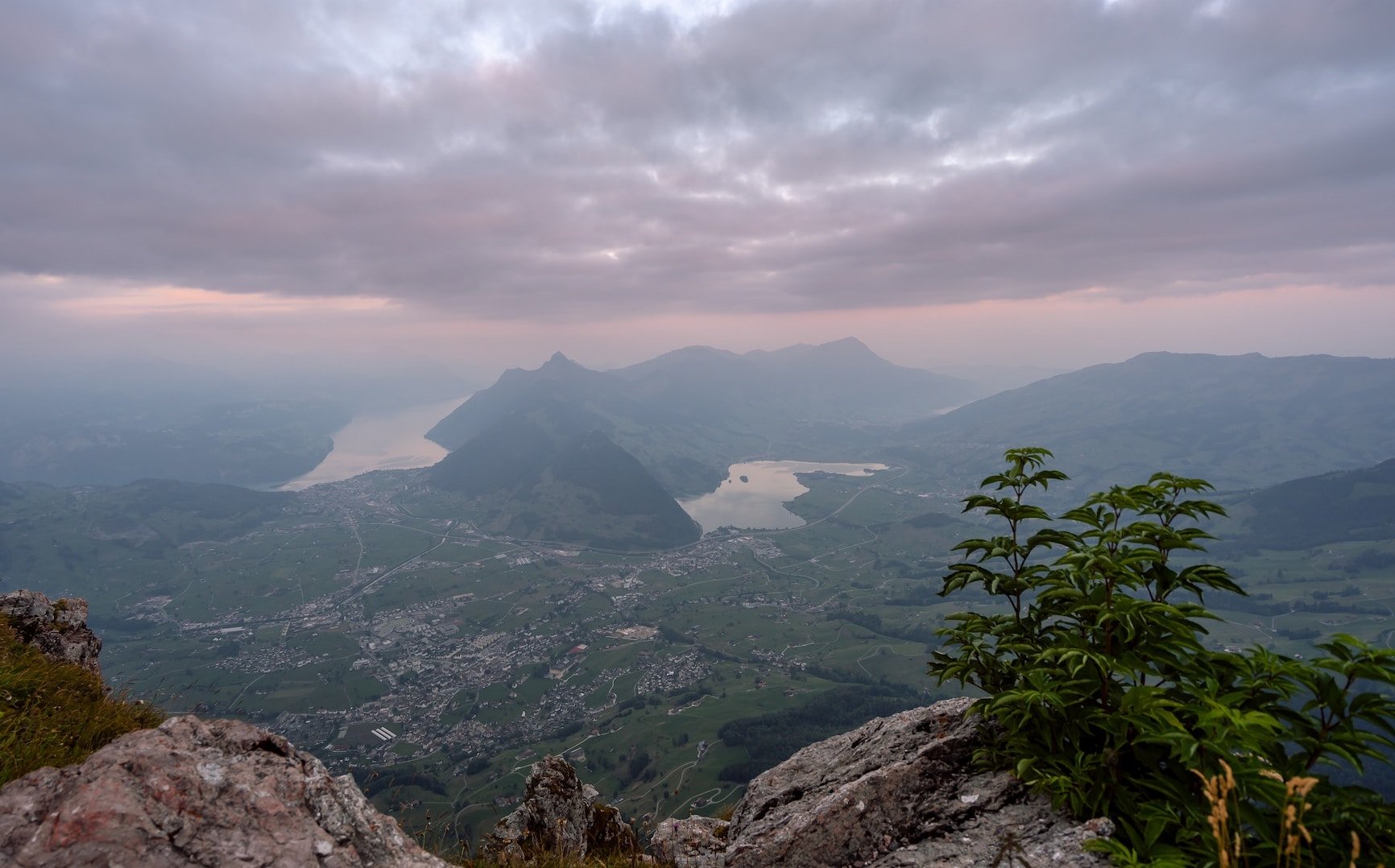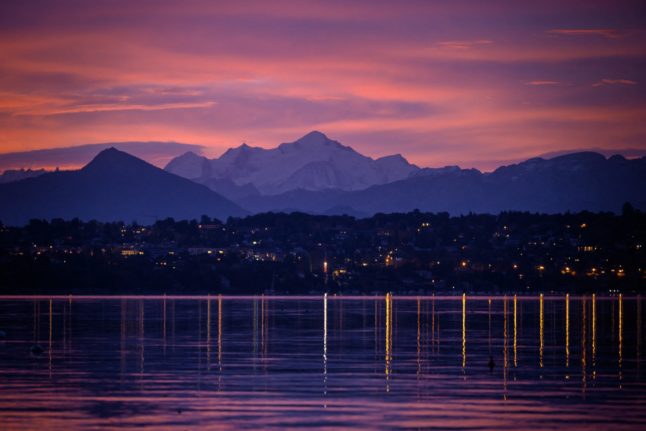If you are a nature lover, then Switzerland is just perfect for you,
The country has over 65,000 kilometres of marked trails — “the longest, densest, and most varied network,” according to Switzerland’s Tourist Board.
Most of the trails are safe, and millions of people walk their length and breadth each year, admiring the stunning scenery, without nary an accident.
But there is also danger afoot — quite literally.
That’s because some trails may seem deceptively easy but can be dangerous if you are not prepared and not aware of the risks.
The Grosser Mythen
The Swiss Alpine Club (SAC) gave the mountain, located in the canton of Schwyz, the unenviable name of “the deadliest route in all of Switzerland.”
A very popular hiking spot, the mountain has, nevertheless, claimed 22 lives, along with numerous injuries.
Though at an altitude of 1,900 metres, the Grosse Mythen is hardly the tallest mountain in the Swiss Alps, SAC said that some exposed spots along the trail and loose stones that cover the slope can cause serious falls.
Even local tourism authorities have been warning that “the climb is relatively steep and the mountain path is demanding.”

The Hardergrat
Of course, ‘danger’ is a subjective term, because what is dangerous for some people may be a piece of cake for others. Much depends on a hiker’s experience, physical condition, and equipment.
While many hikers say the views from the 24-kilometre-long paths located over Interlaken in canton Bern are totally worth the extra effort, others advise caution.
“It is a difficult course, with 3,000 metres of elevation, no shade and no water sources along the way,” according to a travel magazine. It takes a lot of effort to complete this hike and it can be dangerous with injuries and fatalities occurring every year.”
This warning is echoed by a blogger, who wrote that “the Hardergrat trail is considered one the most dangerous trails in the world. It is a physically demanding and technically difficult trail that should only be attempted by experienced mountaineers that accept high risk.”
The Eiger
Climbing up the famous mountain, perched above Grindelwald and Lauterbrunnen in the Bernese Oberland, offers spectacular views that makes the hike up worthwhile to thousands who make the trek.
But many may not know the north face of the mountain is nicknamed ‘Mordwand,’ which translates to ‘Murder Wall.’
The reason: the wall is known for its falling rocks.
According to one article, this situation is the result of global warming: high summer temperatures are loosening the permafrost that holds the rockface together, leaving climbers at “severe risk of being injured or killed.”
Alpstein
When the Äscher mountain restaurant was featured in the National Geographic magazine 2015, and subsequently in other international media as well, droves of tourists have hiked to the site, located in an isolated, inaccessible location in the Alpstein region of Appenzell-Ausserrhoden.
They may not have expected the trek to the restaurant to be as difficult as it is; in fact, in 2022 alone, four people died on the trail within a few weeks.
The terrain is notoriously difficult, with narrow paths running alongside steep descents, and many places along the way where hikers can easily stumble and fall.

The Pilatus
Overlooking Lucerne in Central Switzerland, Pilatus very popular with hikers.
However, keep in mind that the hike up Pilatus is very steep, with a rocky and bumpy terrain.
On some sections of the trail, there are chains to which you can (precariously) hold on.
Mont-Blanc
While not located in Switzerland itself, but in France, the Mont-Blanc is nevertheless close enough to Geneva to make it a popular destination for hikers from the area.
It is also dangerous — more so, in fact, that the famous Mt. Everest, which claimed 310 lives since the 1990s..
The death toll on Mont Blanc, however, is significantly higher, even though its altitude is lower than Everest’s.
Some figures cite an average of 100 deaths per year along the Mont Blanc massif, which could stand to rise as climate change increases the risk of rock falls and avalanches.
The majority of deaths on the mountain happen due to falls, people being hit by rocks, or hikers becoming lost or stranded, media have reported.
READ ALSO: Why is climbing Mont Blanc so dangerous?
If you go hiking, be smart
It is important to heed some common-sense advice when heading to the trails:
- Check the weather to make sure it is hiking-friendly
- Equip yourself with proper shoes, attire, and other gear
- Read the Swiss Alpine Club’s guide on how to hike safely.
READ ALSO: How to keep safe and avoid problems when hiking in the Swiss Alps



 Please whitelist us to continue reading.
Please whitelist us to continue reading.
Member comments